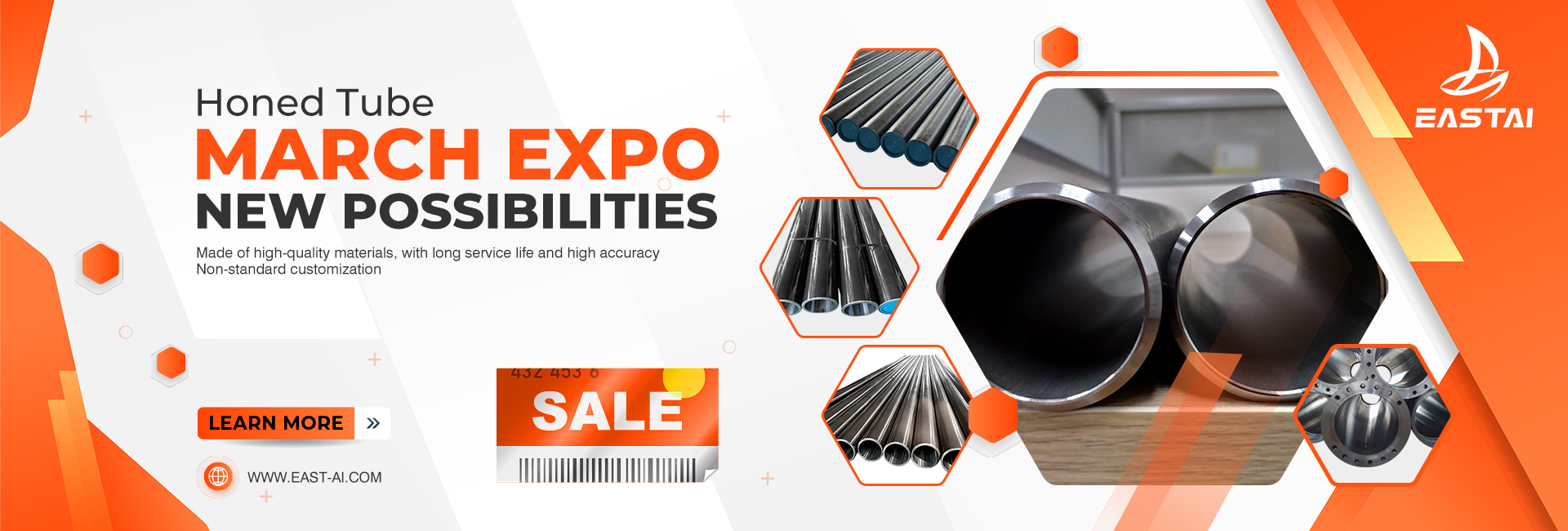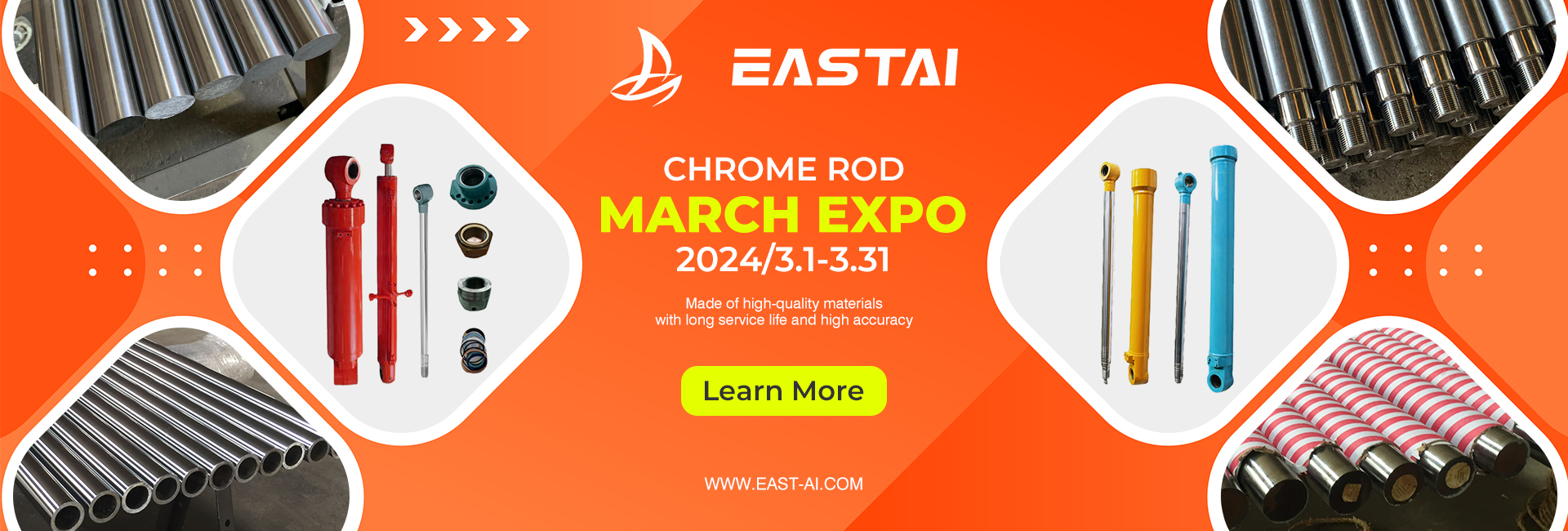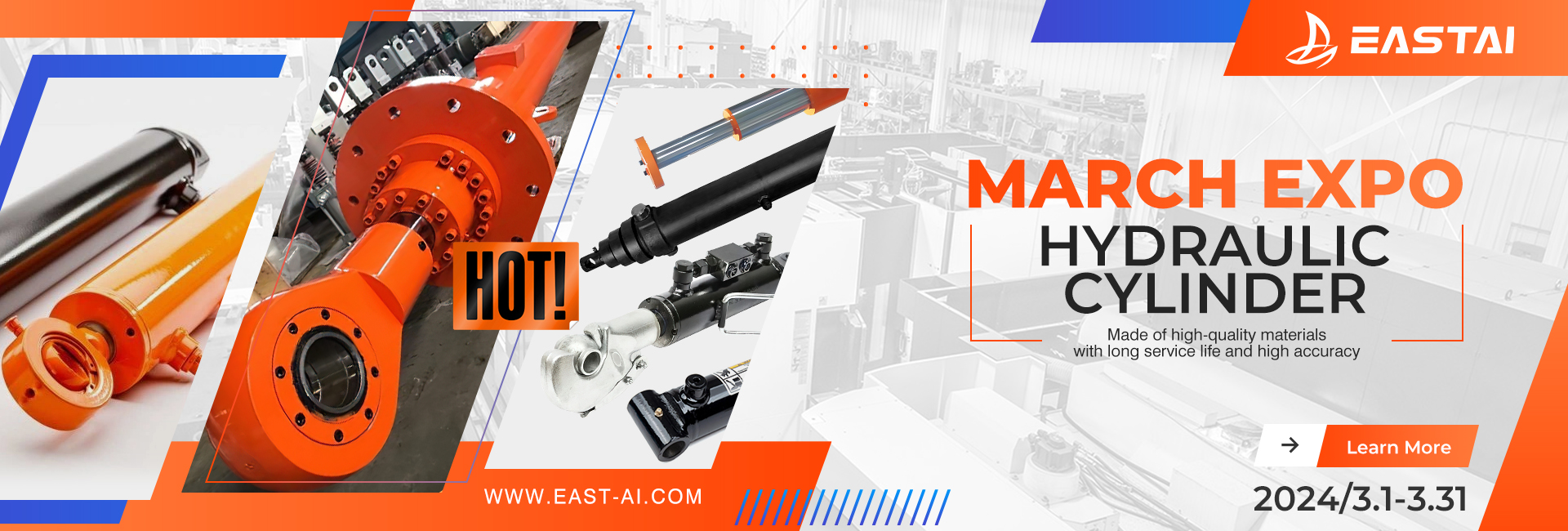Honing Tube | A Comprehensive Guide
What is Honing?
Honing is a machining process that achieves precision surface finishing and dimensional accuracy of tubes. It involves the use of abrasive stones or brushes that rotate and move back and forth inside the tube. This process not only improves the surface finish but also corrects the alignment and size of the tube.
Definition and Process
Honing is distinguished by its ability to remove material from the interior surfaces of tubes, creating a uniform, smooth surface that is essential for critical applications. The process is versatile, capable of honing a wide range of materials including metals, plastics, and ceramics.
Importance in Manufacturing
In manufacturing, honing is crucial for parts that require high precision and smooth surfaces. It reduces friction, enhances the performance of moving parts, and extends the life of components.
Types of Honing Tubes
Honing tubes come in two primary types: seamless and welded. Each has its applications and benefits, tailored to specific requirements.
Seamless Honing Tubes
Seamless tubes are highly sought after for their strength and uniformity. They are ideal for high-pressure applications and offer superior durability.
Welded Honing Tubes
Welded tubes, on the other hand, are cost-effective and suitable for applications where pressure conditions are moderate. They can be customized easily, providing flexibility in manufacturing.
The Honing Process
The honing process encompasses several stages, from preparation to the final finish, ensuring the tube meets all specifications.
Pre-Honing Procedures
Preparation is key to a successful honing process. This involves cleaning the tube and ensuring it is free from defects that could affect the honing.
The Honing Operation
During honing, abrasive stones are rotated and moved along the tube’s length. This precise movement removes material uniformly, improving the surface finish and achieving the desired dimensional accuracy.
Post-Honing Finishing
After honing, the tubes undergo a finishing process, which may include polishing or coating, to further enhance their surface qualities and performance.
Applications of Honing Tubes
Honing tubes are integral to various industries, serving critical functions in numerous applications.
Hydraulic and Pneumatic Cylinders
They are essential in hydraulic and pneumatic systems, providing smooth, durable surfaces that facilitate the efficient movement of pistons.
Automotive Components
In the automotive industry, honing tubes are used in components like gears and shafts, where precision and durability are paramount.
High-Precision Machinery Parts
Honing tubes are also crucial in high-precision machinery, such as in aerospace and defense, where exacting standards are required.
Advantages of Honing Tubes
The benefits of honing tubes extend beyond their surface finish and dimensional accuracy.
Improved Surface Finish
The honing process produces a significantly smoother surface compared to other machining processes, reducing friction and wear.
Enhanced Dimensional Accuracy
Honing achieves exceptional dimensional accuracy, crucial for components that must fit together with precision.
Increased Product Life
By minimizing wear and tear, honing extends the life of tubes and the components they are part of.
Choosing the Right Honing Tube
Selecting the appropriate honing tube involves several considerations, from the material to specific application requirements.
Material Considerations
The choice of material impacts the tube’s strength, durability, and compatibility with the intended application.
Size and Dimensional Accuracy
The dimensions of the tube must align with the requirements of the application, ensuring a proper fit and function.
Application-Specific Requirements
Understanding the application’s demands helps in choosing a tube that meets all performance and durability needs.
Maintenance and Care of Honing Tubes
To ensure longevity and optimal performance, proper maintenance and care of honing tubes are essential.
Regular Inspection and Cleaning
Routine inspections can identify issues early, while regular cleaning prevents the buildup of debris that can affect performance.
Handling and Storage Tips
Proper handling and storage protect tubes from damage and contamination, maintaining their quality over time.
Technological Advancements in Honing
Innovation in honing technology has led to more efficient, precise, and versatile honing methods.
Automated Honing Machines
Automation has improved the consistency and speed of the honing process, allowing for higher production rates and lower costs.
Laser Honing Techniques
Laser honing offers unmatched precision, capable of creating specific surface patterns for enhanced performance.
Environmental Considerations
Sustainable manufacturing practices are increasingly important, with a focus on minimizing environmental impact.
Sustainable Manufacturing Practices
The industry is adopting more eco-friendly processes, reducing waste and energy consumption.
Recycling and Reuse of Materials
Efforts to recycle and reuse materials in the honing process contribute to more sustainable manufacturing cycles.
Honing Tube
Honing tubes are integral to the smooth operation and longevity of many mechanical systems. Their precision and quality make them indispensable in modern manufacturing and engineering.
Post time: Feb-22-2024




